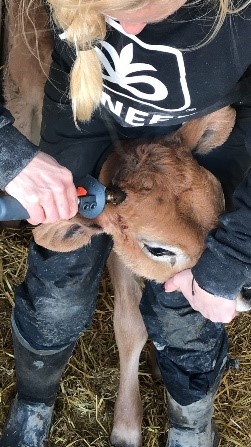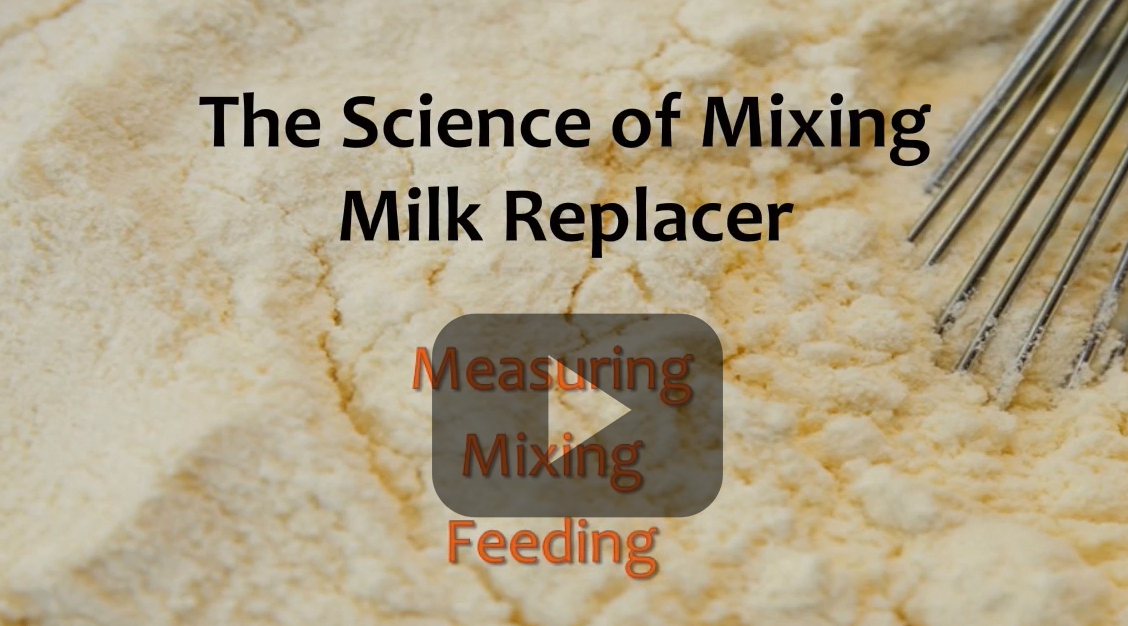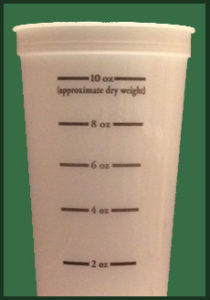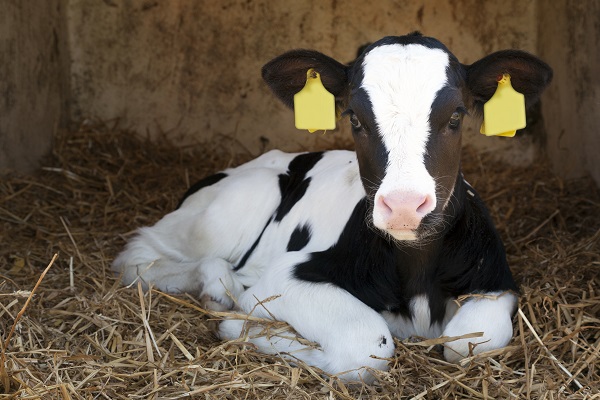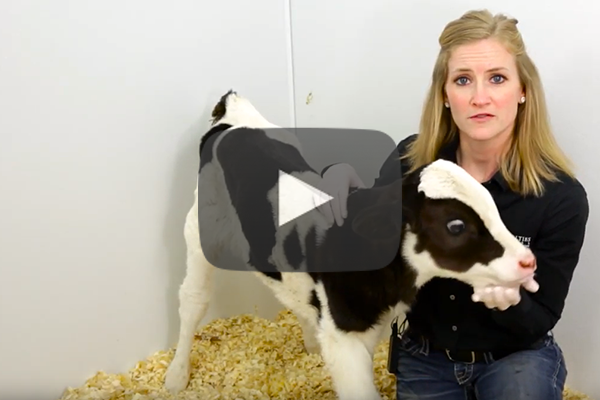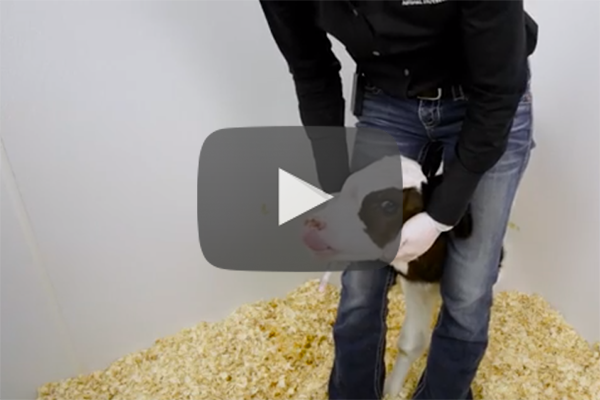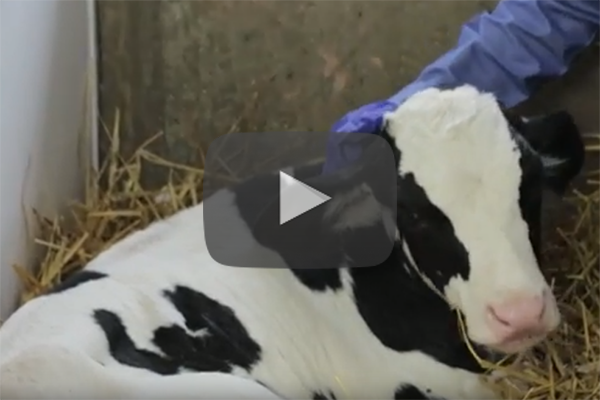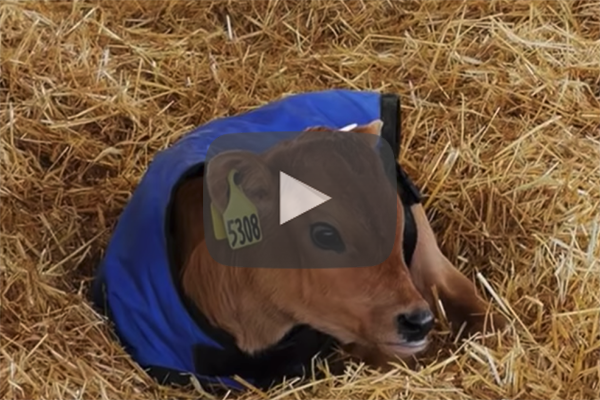Elizabeth Marvel
Recent Posts
ON FARM NECROPSY: 3 KEY ELEMENTS OF A MISSED OPPORTUNITY
Posted by Elizabeth Marvel on Oct 12, 2020 7:00:00 AM
Unfortunately, mortality is a reality we must face when raising milk fed calves. Necropsy is a post-mortem evaluation done to assess the cause of death. Many people believe necropsies are only performed to determine cause of death, but there are additional insights we can gain from this procedure. With on farm necropsy, we can gain insight on how well the overall operation is performing.
There are three key elements to focus on when performing a necropsy on milk fed calves that can be used to evaluate potential management opportunities.
Read More
Topics: ANIMAL NUTRITION
DEHORNING: HOW TO MAKE A NECESSARY JOB EASIER WITH LIDOCAINE BLOCKING
Posted by Elizabeth Marvel on Mar 10, 2020 2:11:15 PM
Until polled genetics become more available in the dairy industry, dehorning is a necessary task on the farm. Dehorning is a painful process; therefore, it is necessary to provide pain management to the calf. Dehorning should be performed prior to eight weeks of age The younger the calf the faster they seem to recover from the procedure. You can offer pain management by Lidocaine blocking and offering a drug like Meloxicam. Lidocaine and Meloxicam are both very economical choices, just make sure you receive a prescription from your veterinarian.
Read MoreTopics: ANIMAL NUTRITION
What could be easier than mixing a bit of powder in water, right? If it were only that simple…
When it comes to mixing milk replacer and feeding it to calves, there are a surprising number of issues that can creep up, either from a mixing, feeding or an animal performance standpoint. How we measure milk replacer powder, how we mix it with water and the temperature at mixing and feeding time affect both the milk replacer and the calf.
Read MoreTopics: ANIMAL NUTRITION
The Science of Mixing Milk Replacer - Mixology 101
Posted by Elizabeth Marvel on Jul 2, 2019 2:06:26 PM
What could be easier than mixing a bit of powder in water, right? If it were only that simple…
When it comes to mixing milk replacer and feeding it to calves there are a surprising number of issues that can creep up, either from a mixing, feeding or an animal performance standpoint. How we measure milk replacer powder, how we mix it with water and the temperature at mixing and feeding time affect both the milk replacer and the calf.
Read MoreTopics: ANIMAL NUTRITION
The appropriate bedding for a calf varies from a thin layer of straw, sand or wood chips in the summer to a deep layer of an insulating straw where a calf can nestle into the bedding to stay warm as the temperature drops.
Read MoreTopics: ANIMAL NUTRITION
Calf Management Tips: Administering Intravenous Injections
Posted by Elizabeth Marvel on Aug 13, 2017 10:54:00 AM
Medications such as Banamine® (for pain) must be injected directly into a vein. In this movie, Elizabeth demonstrates how to administer an intravenous injection to a young calf.
Read MoreTopics: ANIMAL NUTRITION
An esophageal tube feeder is an essential tool for feeding colostrum to newborn calves and for administering fluids to sick or dehydrated calves. For some calf raisers, the idea of tubing a calf may cause some anxiety over possibly hurting the calf or causing fluids to enter the lungs.
Read MoreTopics: ANIMAL NUTRITION
The 2017 National FARM Program (Farmers Assuring Responsible Management) takes aim at pain management. Painful medical procedures and the need to manage the associated pain and stress to animals get detailed attention in this revision. Dehorning/disbudding, castration, branding, and extra teat removal are all procedures performed on calves and require pain management.
Read More
Topics: ANIMAL NUTRITION
Topics: ANIMAL NUTRITION
When it comes to managing calves in cold weather there are a number of things you can do as the temperature drops. Managing the calf's environment through calf jackets, adequate bedding, minimizing drafts and exposure can have a big impact on the effectiveness of cold weather nutrition strategies. Increasing nutrient intake is a key component of successful cold weather management.
Read MoreTopics: ANIMAL NUTRITION


